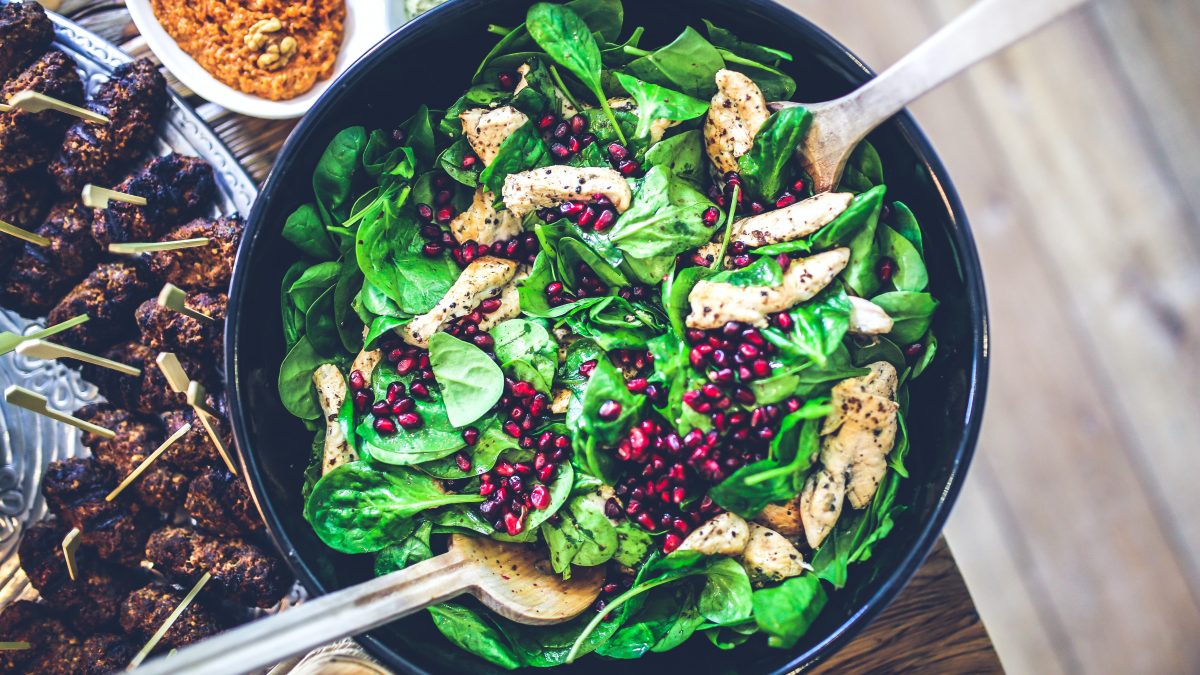Proven Health Benefits of Spinach
Proven Health Benefits of Spinach

These leafy greens go well in salads or green juices and Mothers always say they are a good source of iron….you guessed it? It is not news that spinach is a healthy option for anyone, however, it’s good to know why moms and grandmothers were so insistent.
Spinach, whose scientific name is Spinacea oleracea L, is a food rich in a wide variety of nutrients such as vitamins, minerals and phytochemicals.
Various researches highlight its potential as a natural antioxidant. For this it is important to remember that antioxidants can contribute to the prevention of damage caused by free radicals (an example of this is premature aging due to UV exposure, cigarette smoke and pollution).
According to the United States Department of Agriculture, every 100 g of spinach contains 28.1 mg of vitamin C, which represents 34% of the recommended daily intake for an adult *. More than the third part, WOW!
Meanwhile, a study conducted by the University of Nebraska mentions that for every 100 g of spinach, you can find up to 6 times the recommended daily intake * of Vitamin K, necessary for proper blood clotting and bone health. Spinach also has almost 200% vitamin A *, necessary for the good maintenance of vision and the immune system… can you believe this!?
On the other hand, in the same study mentioned that in spinach, we find 20% of the recommended daily consumption * of magnesium, which stimulates intestinal motility, participates in the absorption of calcium, promotes muscle relaxation and contributes to the correct absorption of nutrients.
Lastly, spinach contains 15% of the recommended daily intake * of iron, which helps to prevent anemia due to this mineral deficiency and promotes the transport of oxygen in the blood.
Due to all that we told you above, spinach is highly recommended by moms and grandmothers to strengthen the immune system, take care of your vision and prevent some diseases. Now you know, listen to us too and eat all your spinach!
Remember that if you want to integrate this food into your diet for a specific purpose, you should consult your doctor or nutritionist for guidance and tips on the best way to do it.
Author: Nerissa Álvarez
Review: Betzabe Guido
References
Paz León, J. V. (2014). Production and quality control of bread enriched with tomato cuticle fiber (Solanum lycopersicum) and spinach (Spinacia oleracea) (Bachelor’s thesis, Escuela Superior Politécnica de Chimborazo).
Pighín, A. F. (2010). Fresh, super-frozen and canned spinach: pre and post cooking vitamin C content. Chilean journal of nutrition, 37 (2), 201-207.
Roberts, J. L., & Moreau, R. (2016). Functional properties of spinach (Spinacia oleracea L.) phytochemicals and bioactives. Food & function, 7 (8), 3337-3353.
Romero, S. & Marcos, L. (2019). Benefits of spinach. Veryinteresante.es
As a result, the medical information provided in the site which you are going to visit may not be appropriate for product use in your country.
